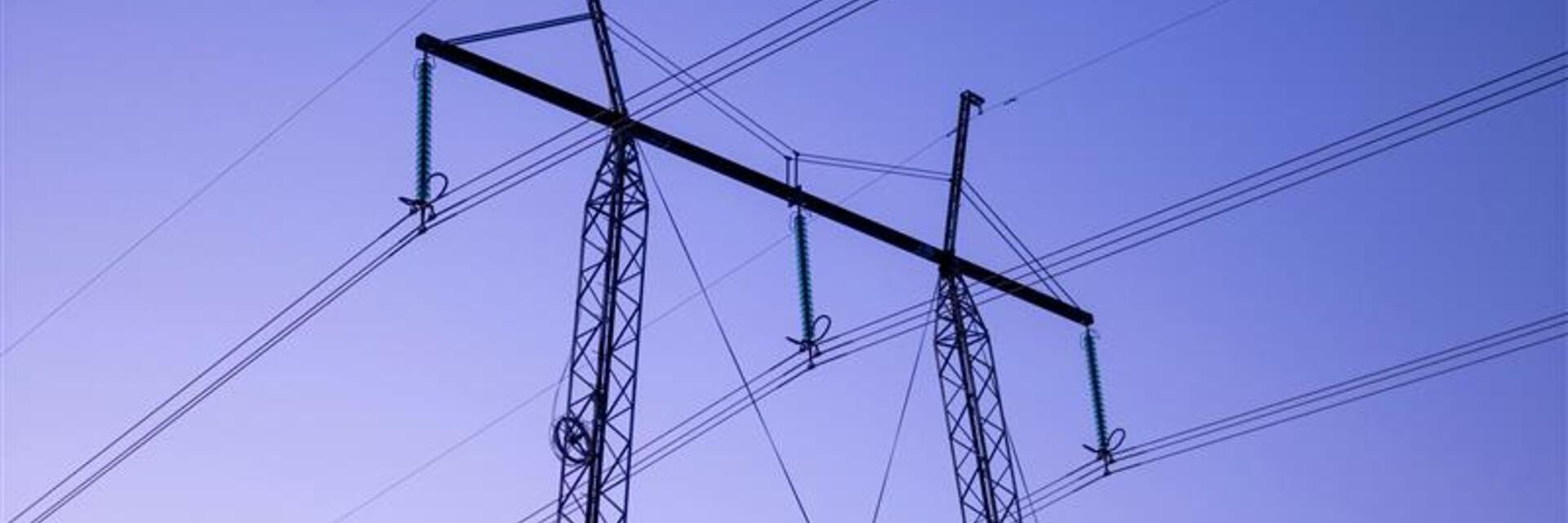Grid-fee subsidy and power-tax cut in Germany 2026: what energy-intensive sites will really save

By Kemal Obad, Energy Cost Analyst
Germany is moving two significant levers on January 1, 2026, that will reduce electricity costs for energy-intensive industries: (1) a one-year federal subsidy to transmission grid fees via the amended Energy Industry Act (§24c EnWG); and (2) a permanent cut to the electricity tax for manufacturing and agriculture to the EU minimum, which is Cabinet-approved and now in Parliament.
What’s changing (and what isn’t)
Transmission System Operator (TSO) grid fees: The four TSOs published preliminary 2026 tariffs showing an average drop from 6.65 to 2.86 ct/kWh (-57%), conditional on passage of the law. If the law is not passed by December 5, 2025, TSOs will set higher final fees, which will only be reduced later if the law is approved.
Electricity tax: For manufacturing and agriculture, the rate is to be fixed at the EU minimum (0.05 ct/kWh) from January 1, 2026, subject to parliamentary approval. The rate for all other users remains unchanged.
How the subsidy hits your company’s invoice
A €6.5 billion federal subsidy from the Climate and Transformation Fund (KTF) will be paid to the TSOs under the planned §24c EnWG. The law requires TSOs to feed the subsidy into the bundled national TSO price sheet, which lowers TSO-level charges first; this then reduces the “upstream network costs” that every distribution grid pays and passes on. That’s why even medium- and low-voltage users will see some relief, though less than larger plants connected directly at high voltage.
For planning purposes, the TSOs’ official preliminary 2026 price sheet shows, for continuous users (≥2,500 h/year), energy charges of 0.69 ct/kWh (Höchstspannung/EHV) and 0.43 ct/kWh (Umspannung-EHV/HS), plus capacity components. Your company’s specific mix depends on whether it’s billed primarily per kW (capacity) or per kWh, but these numbers provide a concrete anchor for EHV and HV budgeting.
So, how much might you save?
A simple yardstick: based on the TSOs’ communication and market reporting, the average transmission-level burden falls by about 3.79 ct/kWh in 2026, from 6.65 to 2.86 ct/kWh. If your company is directly connected to the transmission grid and your supplier passes TSO charges through as a per-kWh line item, multiply your 2026 volume by €0.0379/kWh to gauge the upper-bound impact on that line. If you’re behind a distribution grid, the relief is smaller but still meaningful because your DSO’s upstream costs drop and should be reflected in its October price sheet.
Two nuances to keep your forecast realistic:
- Voltage level matters. Direct EHV/HV sites feel the TSO cut the most. MV/LV sites still benefit, but the TSO layer is a smaller share of their total network bill. The TSOs explicitly note regional and DSO-specific differences.
- Law-timing risk. If §24c EnWG isn’t enacted by December 5, 2025, the TSOs must set final 2026 fees without the subsidy, which is roughly 6.65, not 2.86 ct/kWh on the TSO work-price. If Parliament passes the law later, expect an in-year downward adjustment and reconciliations on invoices.
Electricity tax: permanent, but not bigger
For companies in manufacturing1 and in agriculture/forestry, the electricity tax is set to remain at the EU minimum of 0.05 ct/kWh from January 1, 2026, subject to final parliamentary approval. If your company is budgeting at the EU minimum in 2024-2025, keep that figure for 2026. If you weren’t claiming the relief, the gap to the general rate is 2.00 ct/kWh once your company is eligible.
2026 Watch List for German companies
- Subsidy decision by December 5, 2025. If Parliament passes the €6.5bn TSO subsidy (from the KTF), average transmission fees drop from ~6.65 to ~2.86 ct/kWh. If not, final 2026 fees start higher and would be reduced later if the law passes. Monitor this date and reassess budgets as appropriate.
- Use the published 2026 levies now. Plug in what’s already out:
- Offshore 0.941 ct/kWh
- KWKG 0.446 ct/kWh
- “special grid-use” (A′ 1.559 / B′ 0.050 / C′ 0.025 / §21 0.000)
- ÜNB publishes these each year by October 25
- DSO price lists (two checkpoints). Budget with provisional DSO tariffs in October, then true-up on January 1 when finals take effect. The October publication duty is rooted in §20 EnWG; many DSOs posted their 2026 prelims mid-October.
- Electricity tax (if you qualify). If you’re in manufacturing or agriculture/forestry, plan on the EU minimum of 0.05 ct/kWh from January 1, 2026. This is included in the government bill now in Parliament. Others stay at the general rate.
- Keep a fallback scenario. Until the subsidy is enacted, hold a second budget version that adds back ~3.8 ct/kWh on the TSO line (i.e., model 2.86 vs 6.65 ct/kWh). It avoids surprises on January 1. As you begin to plan the transition, Trio is here to help. Contact our team of experts to discuss your company’s next steps.
Regulations and levies shift fast - don’t wait until invoices land. Reach out to our team for a quick review of your 2026 setup and make sure your next energy budget reflects what’s coming.